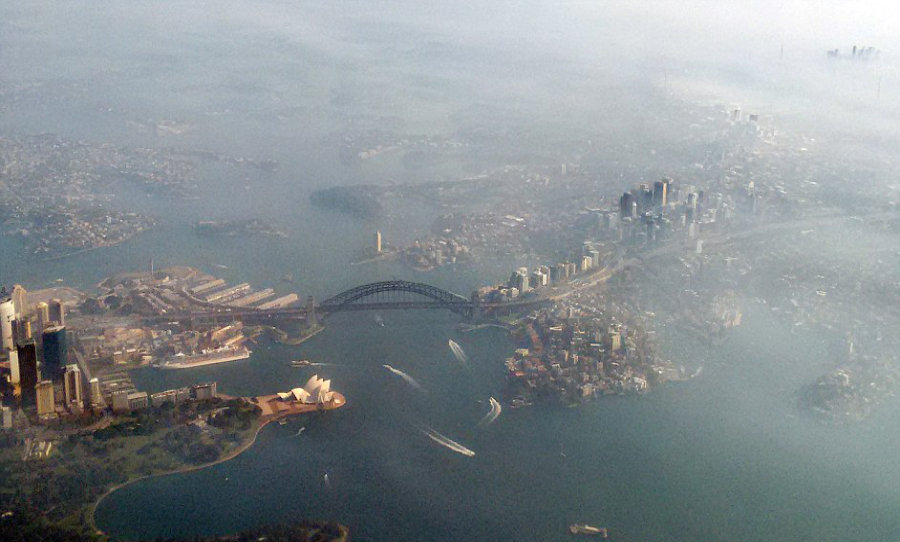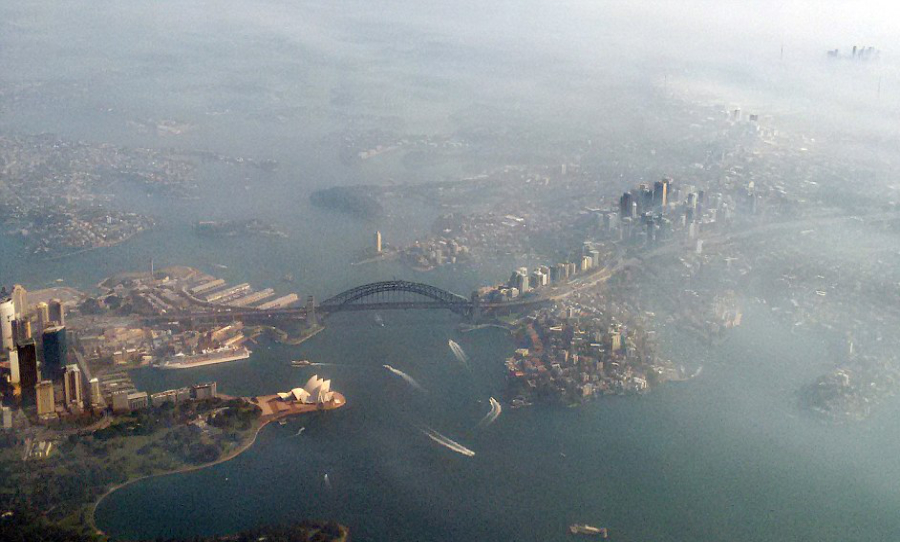Those in Sydney and along the East-coast of NSW will know immediately what I’m talking about when I mention poor air quality. For the last 3 weeks, massive areas of bushland have been caught amidst some of the most severe bushfires experienced in Australian history and its effects on the air are all around us.
But what does this mean for those who are having to spend extended periods of time in the smoke?
It might seem like common sense that smoke is not good for anyone’s health, but it certainly should not be assumed that the smoke will blow away its pollutants and instantly disappear.
Dangerous, incombustible particles of ash and carbon monoxide linger in the atmosphere even after the smoke has disappeared and this can have quite serious long-term effects if they find their way into your lungs.
The Air Quality Index or (AQI) is the international means of understanding the level of air pollution in specific areas. It measures the amount of pollutive microparticles in the air in comparison to oxygen levels.
According to the AQI Website, anything above 150 AQI is considered hazardous to healthy people, and effects are even more noticeable in the elderly, pregnant women and those with existing respiratory issues like asthma. Today, the AQI in some parts of Sydney’s CBD sits just below 200, a level that quite quickly produces health symptoms like coughing, shortness of breath, and dry or itchy eyes.
So, in case you were not aware, here are a number of precautionary health measures as cited by the NSW Government Department of Health, that you can take to deal with life in the big smoke a little better:
– In times like these, “remaining indoors will help to reduce exposure”. It may get a little stuffy inside but the air quality indoors will 9 times out of 10 be better than outside.
– “Avoid excessive strenuous activity outdoors”. For those with professions that predominantly require outdoor work, seek breathing masks that effectively filter the air and take breaks when needed.
– “If you suffer from asthma, other respiratory conditions such as chronic bronchitis (also called chronic obstructive pulmonary disease or COPD), or cardiovascular disease, make sure you have your reliever medicine handy.”
Other ways to relieve the situation could include:
– Hosting a fundraiser event like a gig or a dinner party and donating proceeds to a bushfire-relief related event. Bush regeneration projects like Plantatreeforme.org.au significantly help to rehabilitate native bushland for animals that have been impacted by the fires and help to sequester harmful carbon monoxide in the air.
– Volunteering for the Rural Fire Service or an animal rescue organisation like WIRES. These should only be undergone by those in good health but until our state and national government decides to act upon the consequences of their lack of funding for such services, they’ll need all the help they can get.
– Put pressure on your local MP and state government to take more immediate and direct action over the effects of the bushfires and climate change more generally. Climate protests are plentiful in our current state of Climate Crisis and the more people pressure on the government, the better.
– Keep updated on the AQI in your area via the Airvisual website which allows you to see track the current and predicted air quality immediately around you.
– Share this information among friends and family, particularly among those who are likely to be most vulnerable to the effects to the air pollution caused by bushfire smoke.




